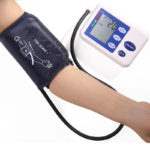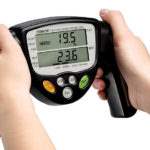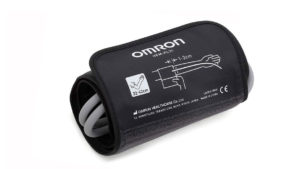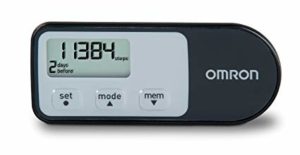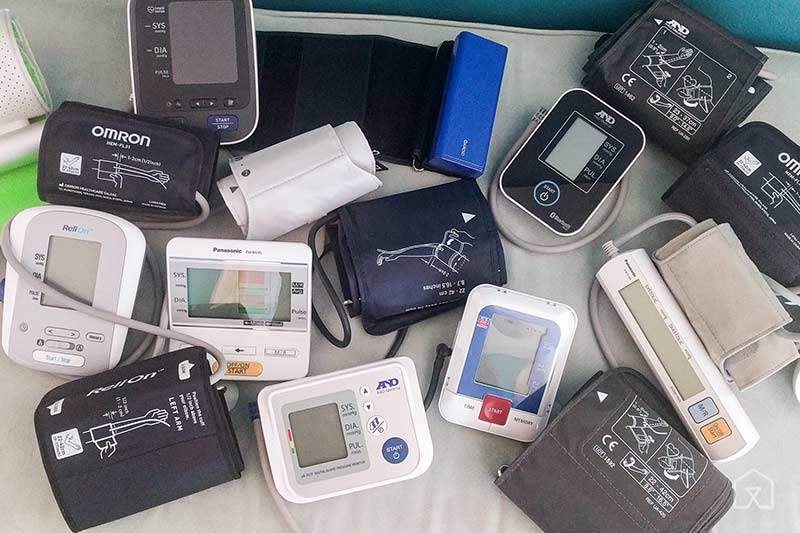
How to Select Your Ideal Home Blood Pressure Monitor
Having a reliable home blood pressure monitor is like having a personalized health assistant at your fingertips. These devices provide accurate readings without the need for manual inflation, making them convenient and user-friendly for regular monitoring. In this comprehensive guide, we’ll explore the ins and outs of selecting the right home blood pressure monitor, ensuring you have the tools to make informed decisions about your cardiovascular health.
Understanding Home Blood Pressure Monitors
A home blood pressure monitor is a device that measures your blood pressure in the comfort of your own space. It consists of an adjustable cuff that comfortably fits around your upper arm, a digital display screen, and intuitive buttons for easy operation. In automatic blood pressure monitors, the cuff is simply placed on the arm by sliding it on. You press a button, and the monitor does the rest of the work, reading your blood pressure, displaying it, and storing the results for comparison to the most recent readings. Many people mistakenly use the words “monitor” and “cuff” interchangeably, but rarely will you buy a cuff without a monitor.
Why Monitor Blood Pressure at Home?
The ability to monitor your blood pressure at home offers a multitude of benefits. It allows for frequent and consistent measurements, providing a more comprehensive view of your cardiovascular health over time. By detecting any fluctuations or patterns early on, you and your healthcare provider can make timely adjustments to your treatment plan if necessary.
Moreover, home monitoring eliminates the potential for “white-coat hypertension,” a phenomenon where blood pressure temporarily rises in clinical settings due to stress or anxiety. With a home blood pressure monitor, you’re in a relaxed environment, resulting in more accurate readings reflective of your everyday health.
How to Select the Right Home Blood Pressure Monitor
Finalize the Type: Upper Arm or Wrist
Choosing between an upper arm or wrist monitor is crucial and impacts the price. Wrist monitors are smaller and have a cuff that goes around the wrist for automatic pressure-taking. However, some doctors consider them less accurate due to the distance from the heart’s blood flow.
Upper arm monitors are larger but often come with more capacity than wrist monitors. They are generally less costly and are considered by many healthcare professionals to be the most accurate.
Know Your Budget
Blood pressure monitors range in price from Rs. 1500 to well over Rs. 4000, depending on the brand and features. Hence, have a budget in mind to avoid paying for unnecessary features.
Consider Warranty Options
Warranties for blood pressure monitors typically last 1-5 years and can cover certain parts or the entire monitor. Some brands may charge more for a warranty, while others include it in the price. It’s wise to consider purchasing a warranty for peace of mind.
Assess Additional Features
Blood pressure monitors may include features such as detecting irregular heartbeats, hypertension indicator, and tracking body movements during a measurement. Consider whether these features are necessary for your needs, as they can affect the cost.
Memory Storage
Many modern home blood pressure monitors come with memory features that store previous readings. This capability allows you to track your blood pressure trends over time and share the data with your healthcare provider during check-ups. The more storage space, the higher the cost. Consider how often you’ll be testing your blood pressure and how many readings you need to store. Monitors that can store readings for more than one user are also available.
- If you test your blood pressure 1-2 times per week, look for a monitor that can store at least 20 readings.
- If you test your blood pressure daily for reporting to your doctor, opt for a monitor that can store at least 100 readings.
Cuff Size
A properly fitting cuff is essential for accurate readings. Ensure the cuff size is appropriate for your arm circumference, as indicated in the device’s specifications. The cuff should fit snugly around your upper arm, with the bottom edge positioned about an inch above your elbow. Wrist monitors typically fit wrists up to 21 centimeters in circumference, while upper arm monitors fit arms up to 32 centimeters. If your arm is larger, choose an upper arm monitor with a large cuff that fits arms up to 42 centimeters.
User-Friendly Design
Look for monitors with clear and easy-to-read digital displays. Intuitive buttons and straightforward operation make it simpler to use, especially for those unfamiliar with medical devices.
Certifications and Regulatory Compliance
The cornerstone of any home blood pressure monitor is its accuracy. Look for devices that have been clinically validated to ensure precise readings. Check for regulatory approvals such as the FDA (Food and Drug Administration) in the United States or CE (Conformité Européenne) marking in Europe. These certifications indicate that the device meets safety and performance standards.
FAQs
Q: How often should I measure my blood pressure at home?
A: It’s generally recommended to measure your blood pressure at least twice a day, in the morning and evening, or as advised by your healthcare provider.
Q: Can I use a wrist monitor instead of an upper arm monitor?
A: Wrist monitors are available, but upper arm monitors are considered more accurate by many healthcare professionals. This is due to their proximity to the heart’s blood flow.
Q: What is considered a normal blood pressure reading?
A: Normal blood pressure is typically around 120/80 mmHg. However, optimal readings can vary based on age and individual health factors.
Q: Do home blood pressure monitors need calibration?
A: Yes, these monitors require periodic calibration to maintain accuracy. Also, it’s a good idea to have it checked against a validated device at your doctor’s office occasionally.
Q: Should I purchase a warranty for my blood pressure monitor?
A: It’s recommended to consider purchasing a warranty for your monitor. It can provide added protection and peace of mind.
Q: What additional features should I consider in a blood pressure monitor?
A: Additional features like irregular heartbeat detection and memory are beneficial based on your specific health needs.
Key Takeaways
- Home blood pressure monitors offer accuracy and convenience for regular monitoring.
- Choose between an upper arm or wrist monitor based on accuracy and personal preference.
- Set a budget and consider warranty options for added protection.
- Assess additional features based on your health needs and budget.
- Properly use and store your monitor to ensure accurate readings over time.
In conclusion, selecting the right home blood pressure monitor is a significant step in taking control of your cardiovascular health. These fully automatic and digital devices offer accuracy, convenience, and the ability to monitor your blood pressure regularly from the comfort of your home. By considering factors such as type, budget, warranty, additional features, memory storage, and cuff size, you can choose a monitor that meets your needs. Remember, proper usage and regular monitoring, along with consultation with your healthcare provider, are essential for maintaining optimal blood pressure levels and overall well-being.


